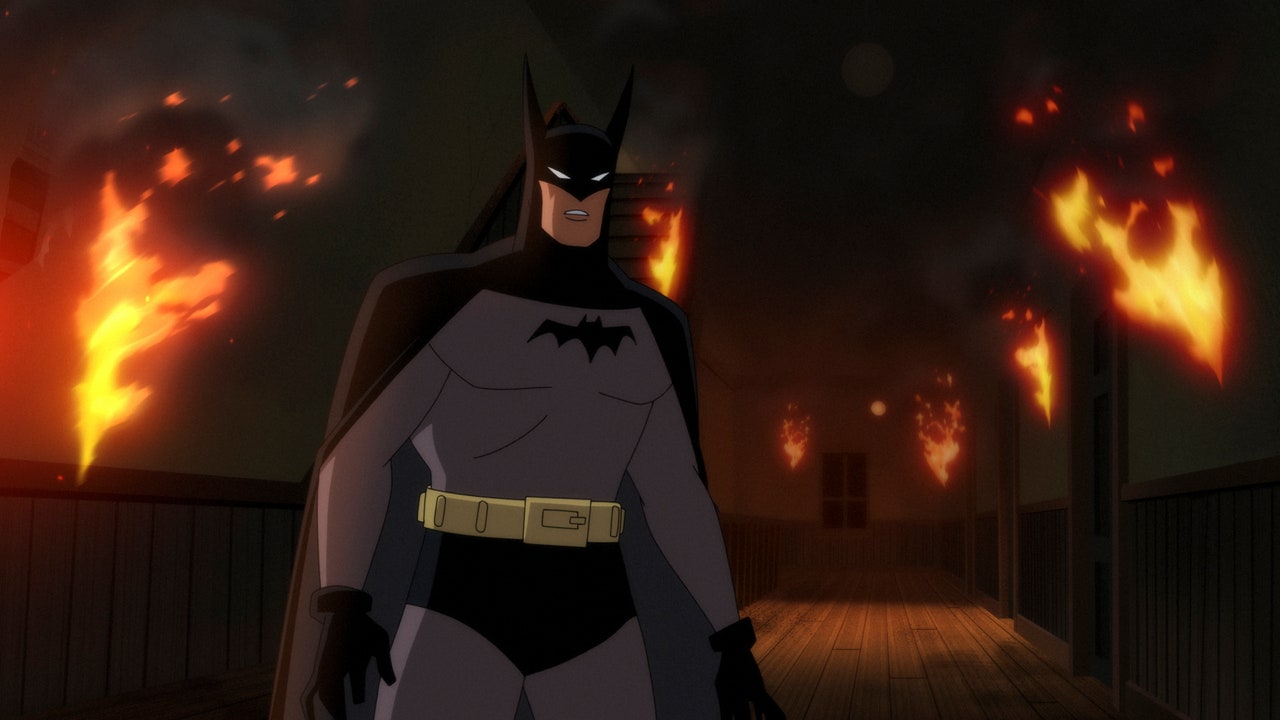This story contains spoilers for Batman: Caped Crusader.
“Da Batman!” is back. The animated Batman: Caped Crusader (now streaming on Amazon Prime, after being cast aside by HBO) has proven one of the summer’s more badass TV hits; it reached number one on Amazon Prime’s charts and hit number four on ReelGood’s streaming charts for the first week of August. Here’s a look at why it works.
A creative team straight out of Gotham
Increasingly legendary writer/animator Bruce Timm was an architect of most of the DC animated universe in the ’90s and early 2000s, including the game-changing Batman: The Animated Series. That show built off of the goth-deco look and feel of 1989’s Batman to become the most beloved 1990s animated series this side of The Simpsons. (Not everything Timm touched worked, but most of the animated shows and movies were a blast.)
Timm is back, joined by executive producers Matt Reeves (whose own spin on Warners’ IP king felt like a restart) and J.J. Abrams (who knows a thing or two about having a complicated relationship with a fanbase, not to mention catering to aging nerds.)
The writer’s room includes super-noir comics legends Ed Brubaker and Greg Rucka. This team is not shy about visual easter eggs for serious comics heads: most of the various Robins who have served over the years are given a clever new root origin, and there are allusions to everything from Detective Comics #27 to Batman: Year One.
The look is noir but the vibe is pulp
The visual milieu is more directly ‘30s and ‘40s film noir-inspired than even The Animated Series—period clothing, cars and buildings, and technology give it an almost prequel feel. But the specific vibe is pulp fiction—specifically the pulp age that immediately preceded the invention of superheroes, wherein heroes such as Doc Savage and the Spider all went on adventures that probably violated a lot of international law. The Batman we encounter in Caped Crusader feels closest to one of the pulp heroes who inspired the character’s creators: the Shadow, the radio and pulp vigilante whose adventures combined spooky and street-level. This Batman fights mobsters and crooked cops but he also fights a ghost. Not a Scooby-Doo ghost, an actual ghost.
And Caped Crusader leans into Bruce Wayne as the worst of all worlds: the mid-20s, self-involved son of wealthy people who seems no deeper than his public persona as a dour playboy. In his extremely private life in costume, he would rather go HAM on street criminals and low level mobsters than go to therapy (there is literally a scene of him rejecting the advice of a shrink after the first session) and is far from an omniscient strategist or top flight detective. In his life as Bruce Wayne, he just kind of sucks.
The villains have been rethought in smart ways
Instead of a wide, strange gangster (or Colin Farrell), the Penguin here is a woman named Oswalda Cobblepot (Minnie Driver), an entertainer (whose burlesque act rejiggers a character long the butt of fat jokes) and stealth crime lord who is an increasing problem for Gotham’s delicate organized crime ecosystem, the complexity of which is a tribute to the creative team’s noir roots.

